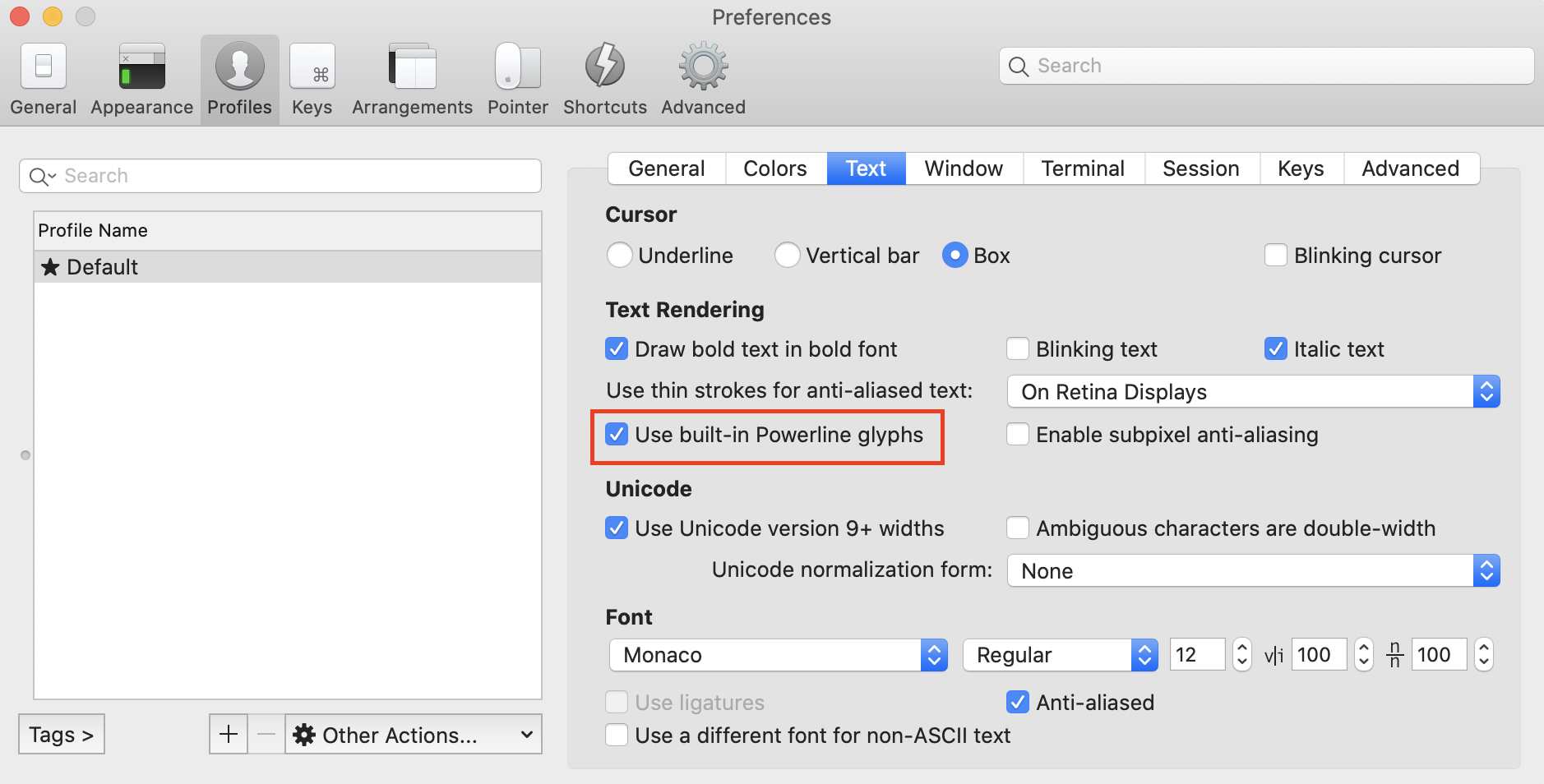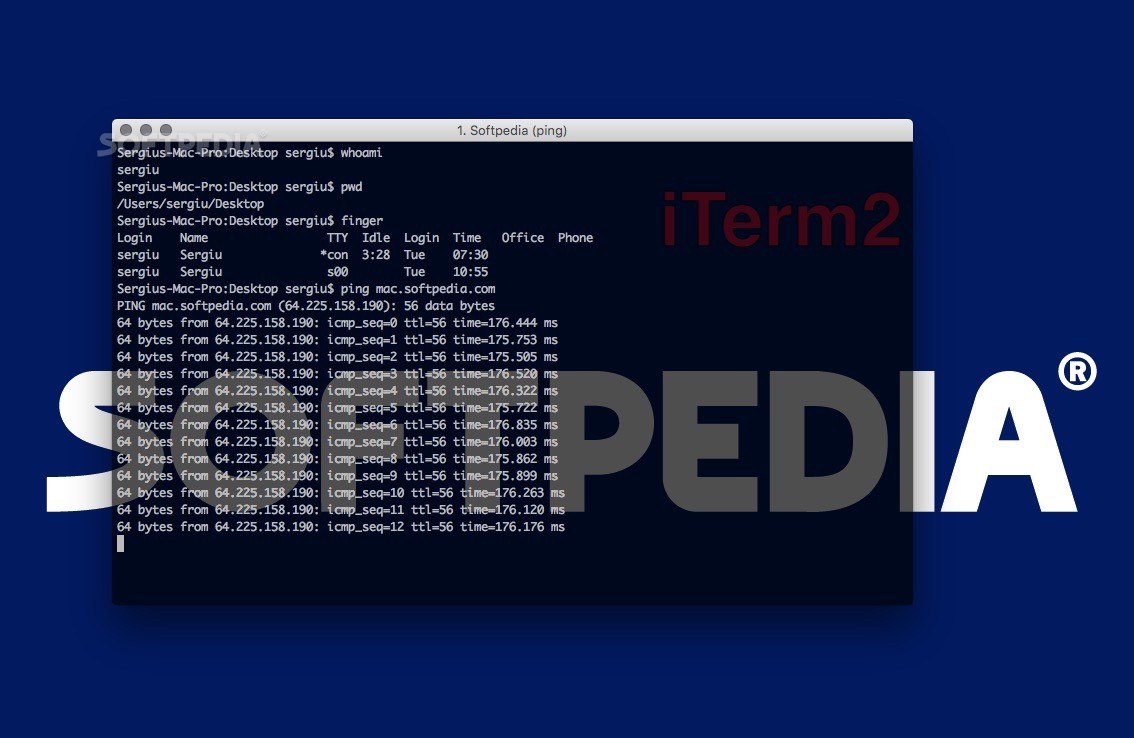

- #CUSTOMIZING ITERM2 HOW TO#
- #CUSTOMIZING ITERM2 MAC OS#
- #CUSTOMIZING ITERM2 INSTALL#
- #CUSTOMIZING ITERM2 FULL#
It is also possible to easily add command autocomplete based on your history. Z is one of my favorite plugins, it allows you to easily navigate to your most visited directories. Finally, do not forget to restart your terminal.įor example to add z and GitHub cli: plugins=( zshrc (located at your ~), find the line containing plugins=(git) and add the name of your newly selected plugin to the plugins array. To add another plugin, choose one from this list. If you want to try, go to a git repository and run gst to get your current git status.
#CUSTOMIZING ITERM2 INSTALL#
Install it using the following curl command: sh -c "$(curl -fsSL )"īy default, oh-my-zsh comes bundled with the git plugin.

It allows you to use built-in helpers, themes, plugins. Oh-my-zsh is an open-source framework that will help you managing your zsh configuration. Start by downloading the app here and install it on your mac.

It is totally free and brings a lot of very convenient features (like split panes, global search, triggers.) as well as multiple customization possibilities (we will see it later). ITerm 2 is a replacement for the default mac terminal app. At the end of this tutorial, you will be able to configure it according to your own needs/preferences. Today, I'm gonna show you how I personally set up my ZSH terminal on my mac.
#CUSTOMIZING ITERM2 MAC OS#
Our longtime readers may recall similar posts from quite some time ago about tools like Visor and TotalTerminal that have similar functionality, but iTerm2 is unique in that it’s a universally popular third party terminal application anyway, plus it’s compatible with all modern Mac OS versions.Hey friends, welcome to this quick tutorial 👋
#CUSTOMIZING ITERM2 FULL#
The dropdown command line is a standard shell with the full command line environment, tools, and utilities available to it, just like any other terminal window.Īside from customizing the hot key, you can also customize how the drop-down command line looks by going to iTerm2 Preferences > Profiles > Hotkey Window and modifying the colors, fonts, and other settings as you see fit. Once your hot key is set, you can toggle in and out of the drop-down command line from within any application in Mac OS, as long as iTerm2 is open in the background. Dismiss the drop-down command line panel by clicking outside of the terminal window, or by hitting the hot key again.Confirm the drop-down instant terminal window works as expected by pressing your hot key (double-tap Control key in this example).Click “OK”, optionally go to the “Profiles” menu and customize the appearance by modifying the ‘Hotkey Window’ profile as desired.Set your hot key keyboard shortcut as desired, or choose “Double-Tap Key” and set that accordingly, the example here uses a double-tap of the ‘Control’ key to access the drop-down command line panel.Choose the “Keys” tab and click the “Create a Dedicated Hotkey Window” button.Pull down the “iTerm2” menu and choose “Preferences”.Download iTerm2 from the developer, place it into you /Applications/ folder, then launch iTerm2.
#CUSTOMIZING ITERM2 HOW TO#
How to Setup Instant Command Line Access with iTerm2 To get the drop-down command line, you will use a third party app called iTerm2, which is a popular third party terminal client for the Mac. Whatever the need, you can use this great trick to have an immediately available terminal window from anywhere or from within any application in Mac OS. Maybe you need to quickly ping a server, use Homebrew, push git changes, reboot or shut down a remote machine, connect to a remote server with ssh, or any other quick task that requires the command line.


 0 kommentar(er)
0 kommentar(er)
